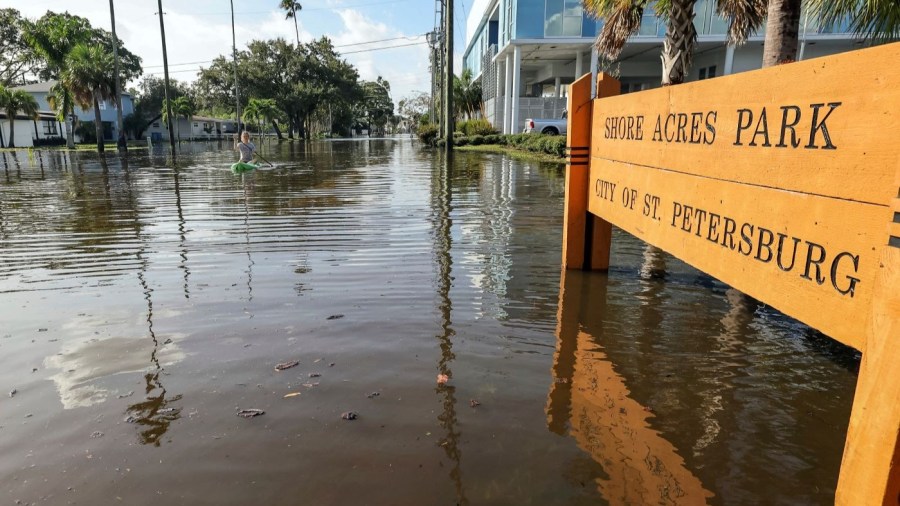
More than 3 million Americans in the southeast reported power outages related to Hurricane Helene Friday, with states on the eastern seaboard from Florida to Virginia reporting more than 100,000 outages, according to PowerOutage.us.
As of Friday afternoon, South Carolina had the largest number of outages with 1.1 million, followed by Georgia with 929,351, North Carolina with 897,799, Florida with 778,639 and Virginia with 242,937.
The Category 4 storm made landfall in rural Florida late Thursday with winds of up to 140 miles per hour. Since then, it has killed at least 35 people across four states, with flooding reported as far inland as northeastern Tennessee.
Georgia Gov. Brian Kemp (R), who declared a state of emergency earlier in the week, said in a press conference Friday that the storm had “moved a little different than was predicted” overnight, and as a result much of the region of the state west of the storm was spared much of the worst damage. Kemp added that state officials have confirmed 11 deaths in the state, adding that one was an unidentified first responder who “lost his life trying to save others.”
As of Friday afternoon, the National Weather Service had reported just under 300 reports of rain-related flooding between Florida and Virginia.
Helene marks the eighth Category 4 or Category 5 Atlantic storm to make landfall since 2017, seven of them on the continental U.S., the most intense multiyear period of storms for the country since five Category 4 storms hit Florida in the latter half of the 1940s. Comparatively, the last eight Category 4 and 5 storms before the seven-year period were spread out between 1960 and 2004.
While the impacts of climate change are not believed to directly result in more hurricanes, they contribute to existing storms’ intensity because warmer waters convert more energy.

